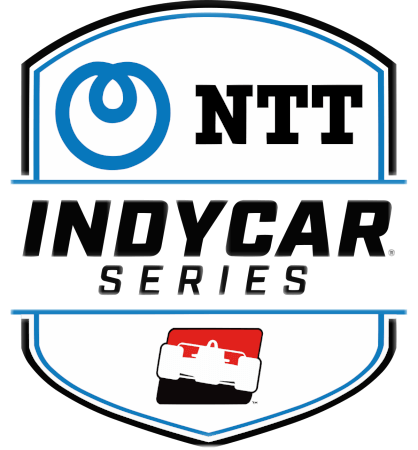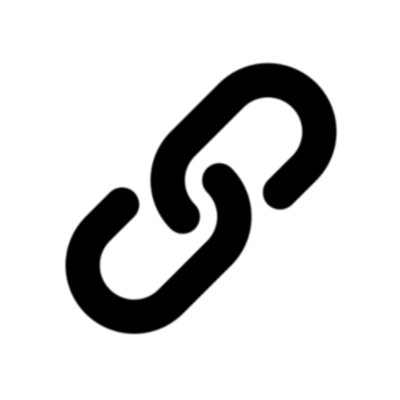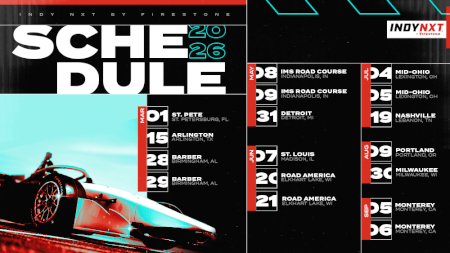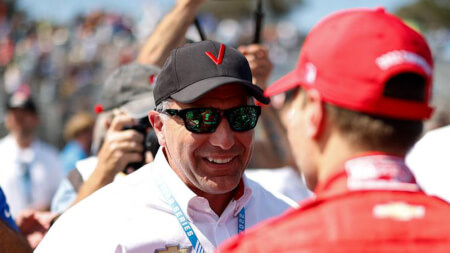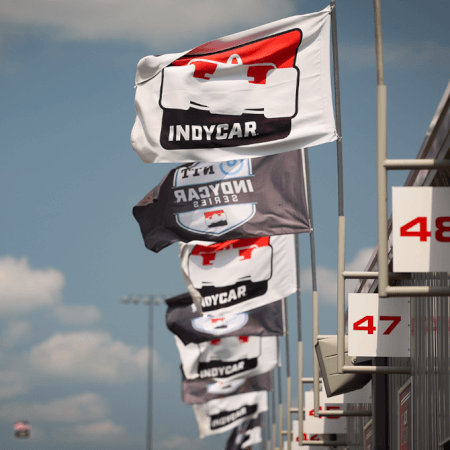June 13th 2025
IndyCar shifts new car to 2028
The IndyCar Series is formally shifting its new chassis and engine introduction from 2027 to 2028.
In a call with RACER on Thursday, a Penske Entertainment spokesperson confirmed IndyCar President Doug Boles has started notifying team owners of the new timeline that began to take shape towards the end of May.
Although it was not unexpected, the one-year delay comes out of necessity rather than desire. RACER understands that while the new spec chassis from Dallara is on schedule, the regulations governing the internal combustion engine design parameters, and the specifications for the energy recovery system, are nearing completion but remain unfinished.
Leaders from the Chevrolet and Honda IndyCar engine programs have told RACER it would take at least 18 months to turn a new set of engine rules into a pool of 50-plus motors apiece that have been properly developed, track tested, and readied to supply half of the field. Having reached June of 2025, and with the 18-month minimum pushing engine readiness into early 2027 – perilously close to the start of a new season if no delays were experienced – the switch to 2028 was made.
The added year should help the series and its vendors in all areas to ensure the 2028 car is fully ready to replace the aging Dallara DW12 chassis and the 2.2-liter twin-turbo V6 engines they carry, but the delay also creates a new contractual challenge for the series to address with is powertrain suppliers.
With both manufacturers obligated to provide their current motors through the end of 2026, a gap year has emerged for 2027 where IndyCar needs to find a solution to extend the 2.2-liter engine lease programs for another season.
With both manufacturers obligated to provide their current motors through the end of 2026, a gap year has emerged for 2027 where IndyCar needs to find a solution to extend the 2.2-liter engine lease programs for another season.
Chevrolet, IndyCar’s reigning manufacturers’ champion, is widely expected to move forward with the series in 2028 and to cover the gap-year issue while building new engines to support the next formula. Honda, which serves as the series’ longest tenured engine supplier, has not signaled its intentions to stay or leave after 2026.
If both remain in IndyCar, the status quo would be maintained from 2027 onward. In that scenario, RACER understands that an engine development freeze coming out of the 2026 season would be likely for the 2.2-liter motors’ final year as the manufacturers place the majority of their focus and finances on creating the 2028 engines.
But if Honda elects to leave – among its options, a switch to NASCAR has been under consideration – Chevy would be the series’ only answer to cover the gap year. IndyCar Series owner Roger Penske also co-owns and co-founded Ilmor Engineering, the firm responsible for Chevy’s IndyCar engines.
Although Penske Entertainment is known to be in constant talks with a range of auto makers, and brands ranging from Nissan, Porsche and Toyota have been rumored as potential suppliers to join IndyCar when the next formula comes online, no new manufacturers have committed to participate in the series. However, that could change once the series completes its powertrain regulations and manufacturers have the ability to assess the costs to compete, marketing appeal, and technological relevance to their automobiles.
For more information: www.racer.com
For more Industry News, please Click Here
For more information: www.racer.com
For more Industry News, please Click Here
